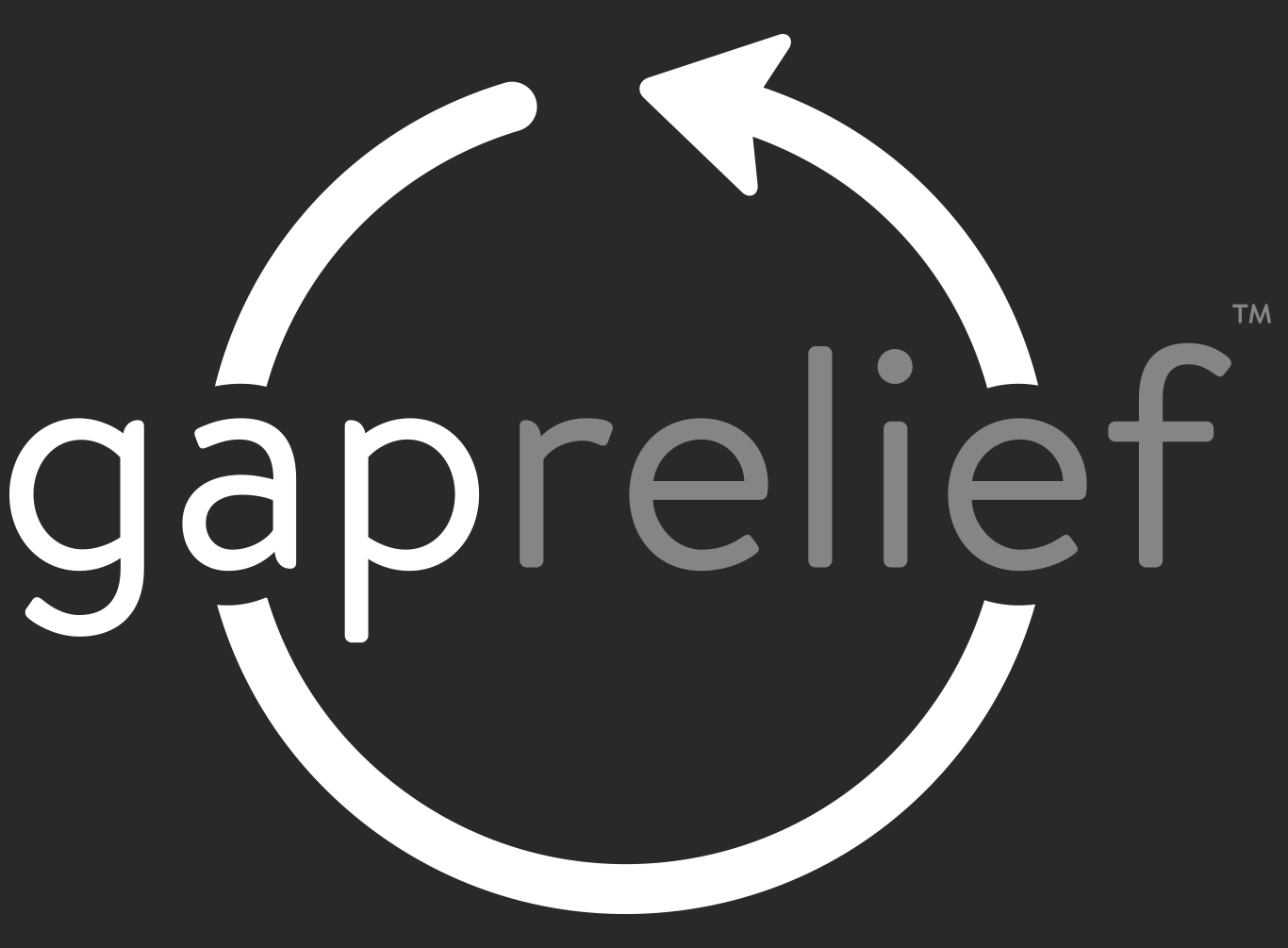Nervous Systems are Contagious
5 minute read
Have you ever noticed when you’re feeling a little off, overwhelmed, anxious, angry - the people around you start to have those same emotions? It’s because nervous systems are contagious.
In this week’s video, Elizabeth is telling us about a phenomenon called neuroception, something that occurs in everyday life to everyone, often without us noticing or realizing it’s happening.
She likes to compare this process to a smoke alarm. Neuroception is a part of our response system in our brains, like fight, flight, freeze, and fawn. Sometimes, a smoke alarm goes off because there is a real fire and our system needs to be alerted in order to survive the real fire… but sometimes, the smoke alarm goes off because we’ve burned bacon and there is no actual need for alarm. The interesting thing that happens in this case though, is that the sound of the smoke alarm will still alert our system and we will still begin to feel the panic, even though there actually is no real emergency.
Continuing this comparison, if we are the ones feeling and subconsciously displaying the anxiety (or other big emotion), the other person will begin to sense our “smoke alarm” and their system will be alerted, leading to their own anxious response.
To put it simply: we as humans naturally mirror one another’s nervous systems.
The cool thing is that sometimes, this can be a good thing! This is how we share in each others’ joy and excitement and why a positive person can influence the people around them to think more optimistically. It can even be a good thing when there is actual danger, because when true panic is necessary, influencing the people around us to protect themselves leads to safety.
The important thing is to begin to notice when this is happening more and more, because then we start to realize how connected we are as people, which is how we’re supposed to be living! This is why it is so important to do the individual work of healing from things in life that influence the way we respond! Because we are, without even realizing it, externally affecting the way others around us are feeling internally—which again, is actually pretty cool.
Elizabeth is also giving us just a few tips to begin to self-regulate when we notice the unwelcome kind of neuroception.
Simply notice. Slow down and pay attention to what’s going on in our bodies and minds. Is my heart racing? Is my chest constricted? This is the first step to bringing regulation (having the correct amount of energy for the task in front of us) to ourselves, because remember: we cannot bring regulation to our child, spouse, friend, etc if we are not ourselves in a regulated state.
Use a tool! There are a ton of great regulation tools out there like fidgets and weighted objects like blankets, vests, backpacks, and more!
We have a great regulation tool guide we’re giving away FOR FREE to our email subscribers right now. Click the button below to get your own right to your inbox!
3. Drink water! Water is so important to regulating our nervous systems. It seems so simple and too easy to be true, but drinking a quick 6-8 oz of water can INSTANTLY improve our nervous systems and put us on the path to regulation. (Quick tip: Drinking water through a straw is even better because sucking is calming.)
4. Try this quick and easy breathing trick:
-Breathe in for 4 counts
-Hold for 6 counts
-Breathe out for 8 counts
The act of holding and exhaling for longer than we inhale tells our system that we are ok and not dying. This may seem extreme, but our bodies are really good at protecting us, and if they sense that we are not ok, they go into survival mode instantly!
Knowing the power we have to influence others around us without even trying can be overwhelming, but slowing down and noticing is the first step to building the connections we WANT to be building. Starting to regulate ourselves otherwise is a powerful skill as we walk side-by-side with our people, and Gap Relief is with you all the way!
If you have questions or want to know more, click the button below!

